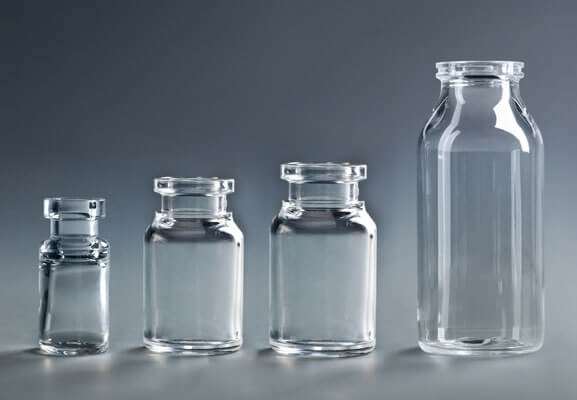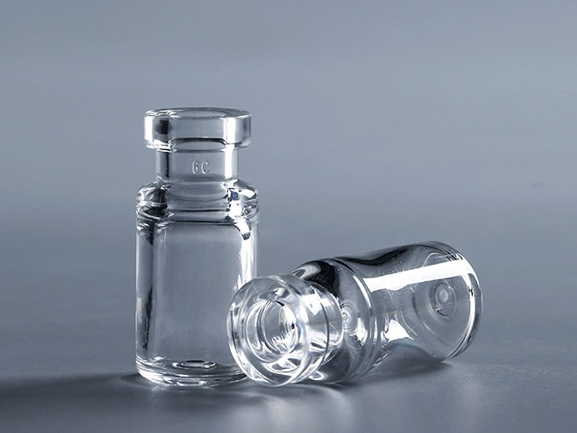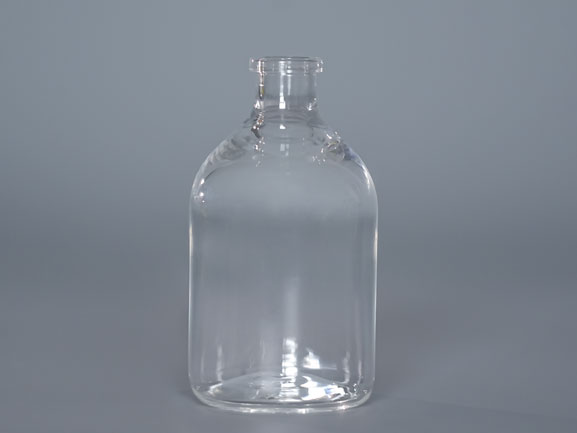Biopharmaceuticals refer to a class of products used for prevention, treatment and diagnosis that are manufactured from organisms, biological tissues, cells, body fluids, etc., using the research results of microbiology, biology, medicine, biochemistry, etc., and comprehensively utilizing the scientific principles and methods of microbiology, chemistry, biochemistry, biotechnology, pharmacy, etc. Its characteristics can be explained from the following aspects:
Polymer Vial 2ml 5ml 10ml for cell and gene therapies
1. Pharmacological properties
Strong activity: As natural active substances or their analogues existing in the body, biopharmaceuticals usually have high pharmacological activity.
Low toxicity and side effects: Compared with some chemical drugs, biopharmaceuticals usually have less toxicity and side effects, and have higher nutritional value for the human body under specific conditions.
Strong targeting: Biopharmaceuticals can play a role in specific diseases or pathological processes, such as vaccines can stimulate the human immune system to produce a protective response to specific pathogens.
2. Physical and chemical properties
Low content and high impurities: The content of biopharmaceuticals in organisms is usually low, and various impurities are easily mixed in the extraction process, resulting in complex processes.
Complex structure: The composition structure of biopharmaceuticals is complex and has a strict spatial structure, which is the basis for their biological activity.
Small effective dose: Due to the high activity of biological drugs, their effective dose is usually small, and there are strict requirements for the effectiveness and safety of the products.
RTU(ready to use) 2ml COP vial
III. Drug types and efficacy
Vaccines: used to prevent specific diseases, by stimulating the human immune system to produce a protective response to pathogens.
Antibody drugs: can specifically recognize and bind to specific molecules on pathogens or abnormal cells, thereby blocking their functions or marking them for the immune system to clear. This type of drug is widely used in cancer treatment and autoimmune diseases.
Recombinant protein: a protein expressed in cells or microorganisms using genetic engineering technology, used to treat certain genetic diseases or supplement proteins lacking in the body.
In addition, biological drugs also have anti-inflammatory, antiviral, immunomodulatory, cell repair and analgesic effects and functions.
IV. Requirements for packaging of biological drugs
Biological drugs are different from ordinary chemical drugs and are very sensitive to the storage environment, so the requirements for packaging are also very strict. In addition to the requirements for sealing and material barrier properties of ordinary packaging, biological drugs generally need to be stored in low temperature or even liquid nitrogen environment. In addition, protein drugs also require packaging materials to have very low adsorption to ensure drug dosage and reduce overfilling costs. COP vials are special packaging made of cycloolefin polymer raw materials. They have high transparency and strong barrier properties and can withstand low temperatures of -196°C. Due to the hydrophobic properties of the material itself, the adhesion between the drug and the packaging material is effectively reduced, thereby reducing the risk of drug loss and interaction.
In summary, biological drugs have the characteristics of strong pharmacological properties, complex physical and chemical properties, diverse drug types and significant efficacy. COP vials have the characteristics of transparency, low temperature resistance, and low protein adsorption, making them a good packaging form for biological drugs.


